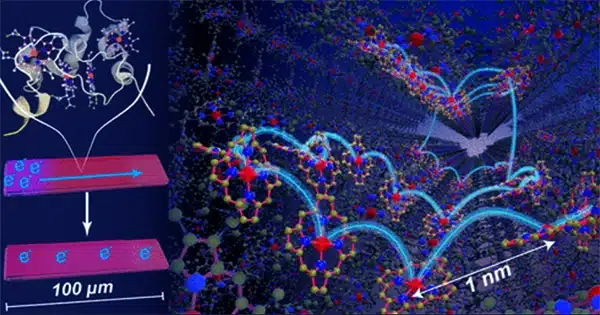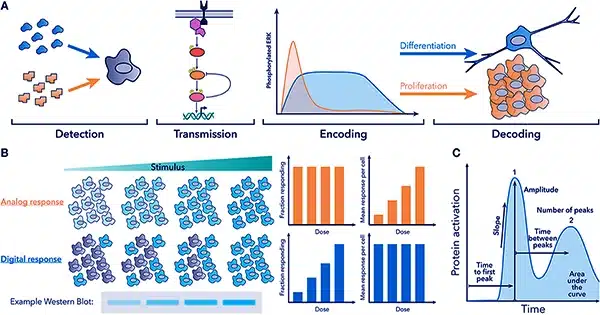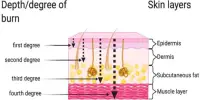Electrons moving across wires is what allows us to use electricity every day. Biological nanowires, small wires formed of proteins, have piqued the interest of researchers due to their capacity to transport electrons across vast distances.
In a paper published in Small by the Vermaas lab at the MSU-DOE Plant Research Laboratory, researchers use computer simulations to gain a better understanding of biological nanowires.
Martin Kulke, the study’s first author, worked with the Vermaas lab team to create crystal simulations using data from real-life experiments in the PRL Kramer lab, where they pointed a light source at a nanocrystal made of proteins and calculated how fast excited electrons traveled through it. The true mystery was why electron transport slowed with rising temperature, which normally speeds up operations at the nanoscale.

One possible explanation was that the distances electrons would have to leap within the nanocrystal would grow with temperature, limiting their ability to flow through the protein.
“We simulated these protein nanocrystals at different temperatures to test this idea,” said Josh Vermaas, the study’s principal investigator and assistant professor in the Department of Biochemistry and Molecular Biology as well as at the PRL. “What we found is that the distance changes across different temperatures are not so dramatic on their own.”
When the researchers changed variables other than temperature, they noticed some interesting behavior from the electrons’ hops within the nanowire. To find bottlenecks in electron flow within the nanocrystal, the nanowire protein network was grown longer, shorter, thicker, and thinner.
“We found that in biological nanowires, the electron transport is based on the motion of the protein in the wire,” Kulke said in a press release. “What that means is in the end, the longer you make those nanowires, the less electron transport you get through them, and the more dense you make them, the more electron transport you get through them.”
At the moment, the application of biological nanowires is speculative, but understanding how they might be built to allow for increased electron flow is critical to future attempts that employ them to connect biological processes to conventional electronics.















